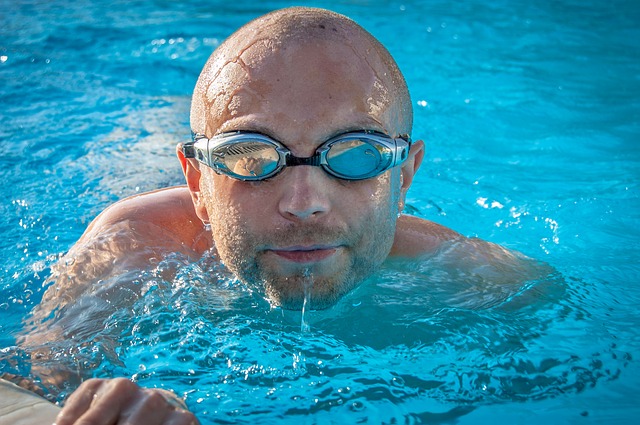Swimming Spine Injuries and How to Avoid Them
Swimming can be great therapy for back pain. But, there are also ways in which swimming poses risks for spine and back injuries.

Diving Spinal Cord Injury
Probably the most well-known spinal injury associated with swimming is a spinal cord injury (SCI) from diving in a shallow pool and hitting your head/neck. According to the National Spinal Cord Injury Statistical Center (NSCISC), diving is the 5th leading cause of spinal cord injuries. Many pools have rules on diving and post signs to warn swimmers of the risks. But, these injuries don’t only happen in pools, they can occur in lakes, rivers, swimming holes, etc. A spinal cord injury can be a serious, life-changing event. Depending on the direction of impact, the injury can lead to varying levels of permanent paralysis.
Read more articles about sports and the spine.
Swimming Repetitive Motion Spine Injuries
Repetitive motion injuries are injuries resulting from making the same motion with your body over and over again. A swimming stroke is a good example of a repetitive motion. You make the same motion with your body for each stroke, and keep repeating it for as long as you swim. This can result in stress or strain on your soft tissues and joints, and, potentially, aches and pains. How long the pain from repetitive motion injury lasts depends on many factors such as length of time performing motion, physical condition, pre-existing injuries, etc.
Swimming Back Injury
Front swimming strokes such as the breaststroke, butterfly, or crawl can lead to repetitive motion injuries of the lower back. If you’ve experienced this type of injury while swimming, you may want to try using a back stroke or adjusting your front stroke to avoid too much arching or twisting of the lower back.
Neck Injury from Swimming
Swimming can also lead to a repetitive motion injury of the neck. This type of neck injury occurs most frequently while performing the freestyle or breast stroke. During the freestyle stroke the repeated twisting of the neck to move your head to the side to breathe can cause neck pain. With the breast stroke, the swimmer may keep their neck in an arched position for a long period to keep their head above water to breathe.
Switching to a different stroke style or adjusting your positioning while you’re performing the freestyle or breast stroke can help minimize your pain. With the breast stroke try to adjust your positioning so your neck isn’t arched too far for too long. Or, with the freestyle, try to rotate more of your body when you take your breath, instead of just your neck.
References
